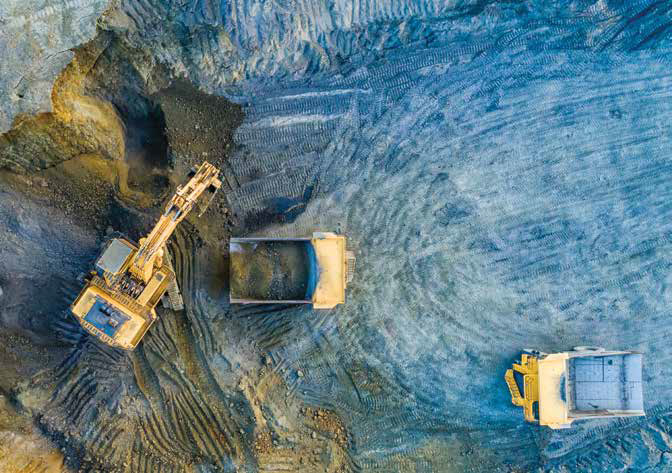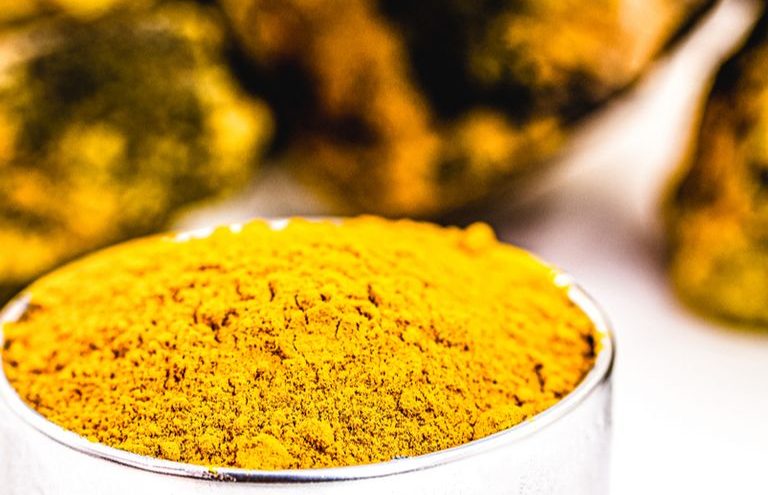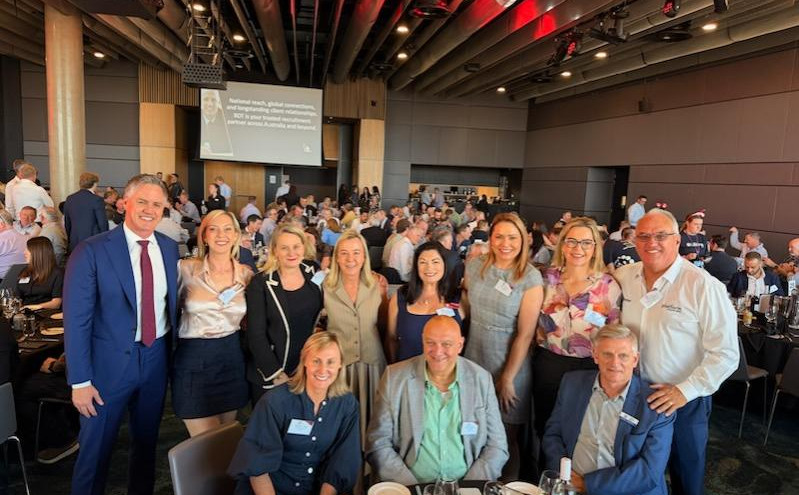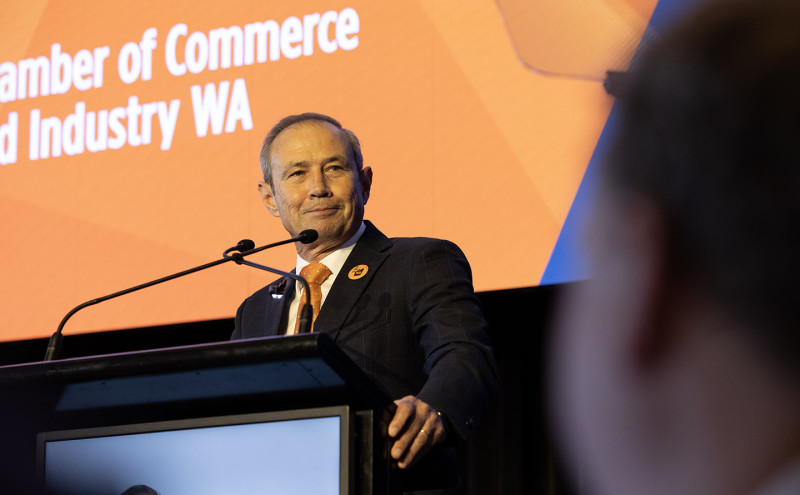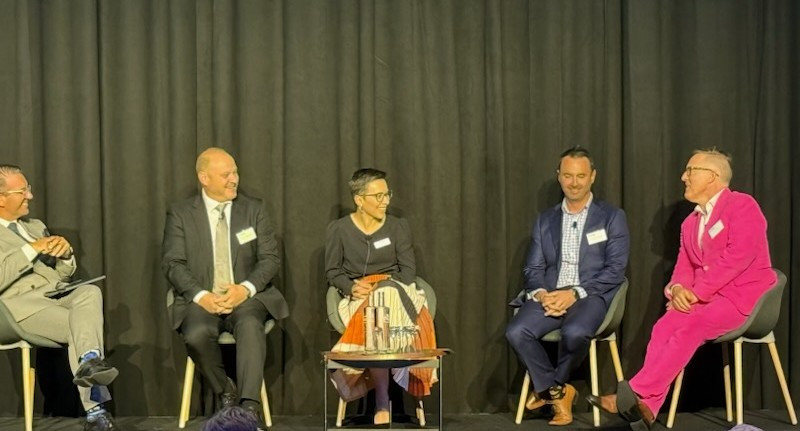It is a fair bet that any state government would be interested in the prospect of a sector within the mining industry that had the potential to create around 9000 direct and indirect jobs and exports valued at around $1 billion a year.
If that State was Western Australia, it would have deposits of the commodity of around 226,000 tonnes, making it the eighth largest source in the world.
Australia, as an aside, with 1,684,100 tonnes of the commodity had the largest resources in the world based on 2021 figures.
It makes a compelling argument for the commodity to be mined and exported – just as WA does for everything from iron ore to rare earths.
Adding a new commodity to an export basket made lighter by dwindling nickel and lithium exports makes sense.
There’s just one problem: the commodity is uranium.
And, at least for WA, that is where the conversation begins and ends, with uranium mining banned by the incoming Labor Government in 2017. That ban overturned the previous Liberal government’s 2008 approval for mining, a decision which overturned an earlier Labor government 2002 ban.
WA Labor’s 2023 Platform cites the problems, hazards, and dangers of nuclear power for its policy of rejecting nuclear power as an option for electricity generation in WA, opposing the establishment of a nuclear enrichment facility in the State, rejecting the establishment of nuclear processing plants or the storage of nuclear wastes; and not allowing uranium mining or development in WA.
When the 2017 ban was introduced, four mines already approved were excised: Wiluna (Toro Energy), Kintyre and Yeelirrie (Cameco Australia), and Mulga Rock (now owned by Deep Yellow Ltd).
They were given five years to show substantial commencement of the projects. Only Mulga Rocks achieved that benchmark. The other three either did not meet the benchmark or requested an extension.
And yet the uranium, and nuclear debate, is alive and well in WA, and Australia.
The Federal Opposition will go to the next election with a policy to build seven nuclear reactors at the sites of existing or former coal-fired power stations, with Collie nominated as a possible WA site.
WA Liberal Leader Libby Mettam has said the party would overturn Labor’s ban if it was elected in next year’s poll but that “now is not the time” for nuclear power generation.
The future and fortunes of uranium were discussed during and on the sidelines of this year’s Diggers and Dealers Forum in Kalgoorlie.
Presentations from uranium miners Deep Yellow, Paladin Energy, and Boss Energy all highlighted the surge in the uranium price and the long-term strength of the market.
On the sidelines, Federal Opposition Leader Peter Dutton said uranium exports would take WA “to the next level”.
“I just don’t understand the Government’s reluctance here. It’s ideologically based, and we’re going to do ourselves out of thousands of jobs,” he said.
During a Diggers and Dealers visit, WA Mines Minister David Michael ruled out any change to the Government’s policy on uranium mining.
Which left the uranium miners to highlight why there’s plenty of upside along the yellow cake road, and the WA Chamber of Commerce and Industry to lobby for change using the results of a 12-month inquiry it released earlier this year which cited the export value and job creation benefits.
Deep Yellow Head of Business Development Andrew Mirco told the forum that post-Fukushima several countries phased out nuclear power but by 2024 there has been a global pivot towards it for energy security and clean base-load power.
There was now a “race to restart”, with limited greenfield production slated or expected prior to 2030.
“It took 10 plus years of underinvestment to create the structural deficit, it will take 10 plus years and a lot of investment to fix it,” Mirco said.
“One of the key issues we faced in that post-Fukushima era was that we saw a sharp pullback in supply while demand continued to increase. Demand has exceeded production since 1990.”
He said the strong rally in the uranium price would not spark a plethora of new deposits and a wave of new supply.
“All of the uranium deposits globally today were those discovered in the 1970s and early 80s post the oil shock. This was a time when corporates and governments, and even oil companies, were spending billions scouring the Earth looking for new deposits.
“More recently, despite the billions being spent over the past couple of decades, the only two material uranium deposits that have been discovered are those of NextGen and Fission Uranium (both in Canada).”
Paladin Energy Chief Operating Officer Paul Hemburrow said the growth in the uranium price had been driven by global decarbonisation and a supply shortfall partly caused by geopolitical tensions.
He said there were 440 operating nuclear reactors worldwide and more in various stages of construction and planning.
Boss Energy Managing Director Duncan Craib said supply was insufficient to meet growing demand as governments set new targets for achieving net zero emissions.
“Nuclear power is being recognised and supported by policy worldwide as essential to achieving these targets, so demand for uranium is growing,” he said.
The CCIWA, in its report, said the ban on new uranium mines in WA was driven by environmental, health and safety concerns, but these concerns were not significantly different to those faced by any mining operation.
“WA is a mining state with a reputation for safety and world’s best practice,” CCIWA Chief Economist Aaron Morey said.
“We have a strong regulatory framework, existing infrastructure and all the skills needed to safely mine and export uranium.
“Uranium exports are also bound by detailed Commonwealth legislation to ensure they are only used for energy production and not in the development of nuclear weapons.
“If South Australia and the Northern Territory can do it, there’s no reason why WA can’t.”
